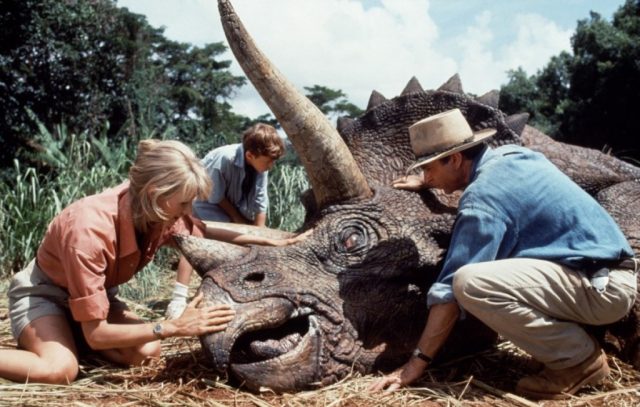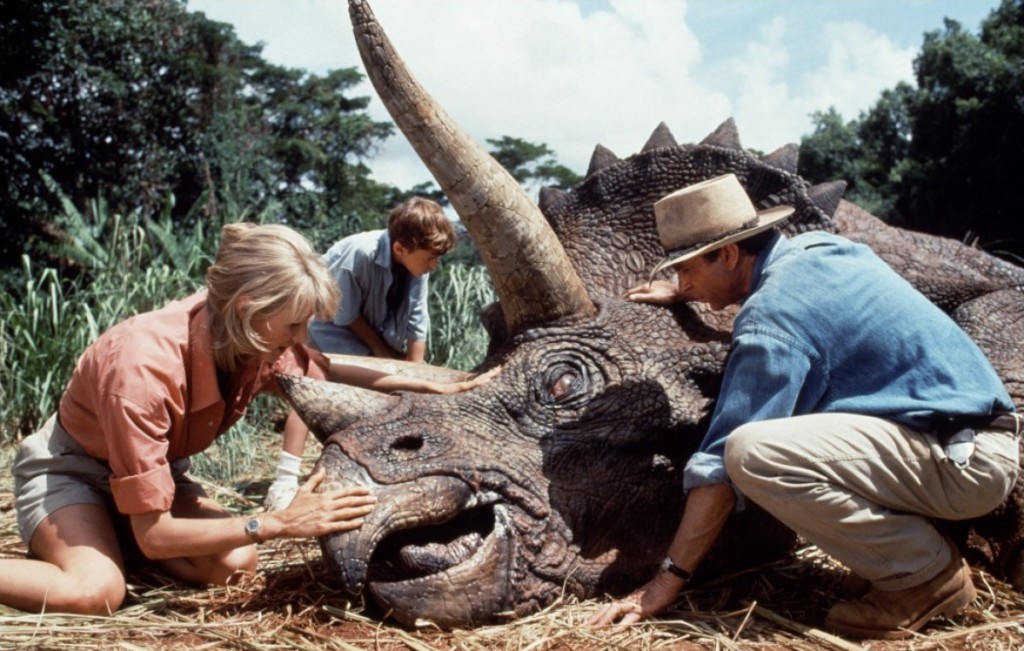Scientists have found fossil remains of a 280-million-year-old predator that is the origin of all mammals. This ancient animal, which does not yet have a species name, is a member of the evolutionary group known as gorgonopsians, distant relatives of mammals, writes the Daily Mail.

These were four-legged, somewhat reptile-like animals that gave rise to mammals about 200 million years ago.
“Gorgonopsians are more closely related to mammals than to any other living animal. Although they are not our direct ancestors, they are related to species that are our direct ancestors,” said study co-author Ken Engelczyk.
The newly discovered fossils, which include fragments of a skull, vertebrae and ribs, as well as a well-preserved femur, belong to a dog-like, sabre-toothed predator that researchers believe may be the oldest therapsid yet discovered. The oldest Gorgonopsians known so far lived about 265 million years ago, but these fossils are about 15 million years older.
They were discovered on Mallorca, a Spanish island in the Mediterranean. When Gorgonopsians still roamed Earth, Majorca was part of the supercontinent Pangea. The discovered animal had no fur and no dog ears. But this is the oldest animal with long, blade-like teeth that scientists have found so far.
Saber-toothed teeth indicate that the animal was a large predator during its lifetime and support a carnivorous diet. The presence of a nearly complete leg also allowed researchers to estimate how the animal moved. Analysis of leg remains showed that Gorgonopsians “moved intermediately between reptiles and mammals.”
Previously, scientists discovered a “missing” man in Asia with an abnormally large skull. Read here.
Source: People Talk
Mary Crossley is an author at “The Fashion Vibes”. She is a seasoned journalist who is dedicated to delivering the latest news to her readers. With a keen sense of what’s important, Mary covers a wide range of topics, from politics to lifestyle and everything in between.





